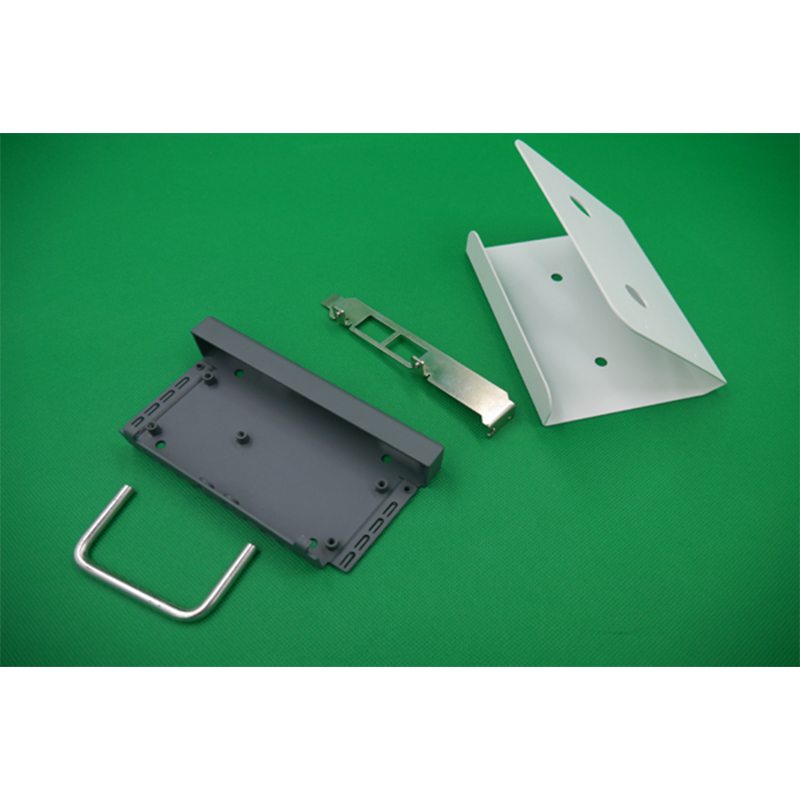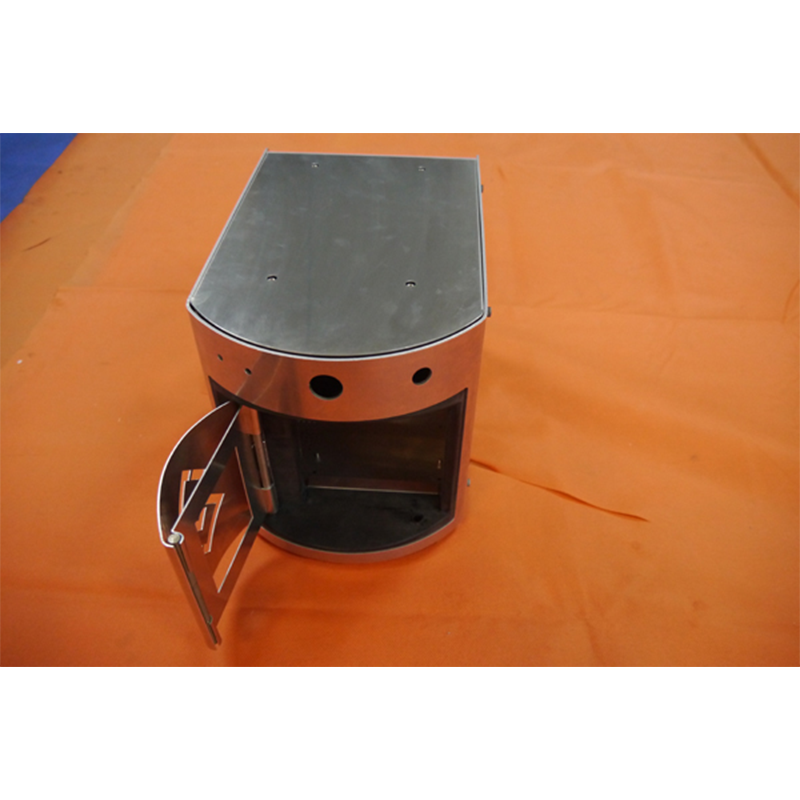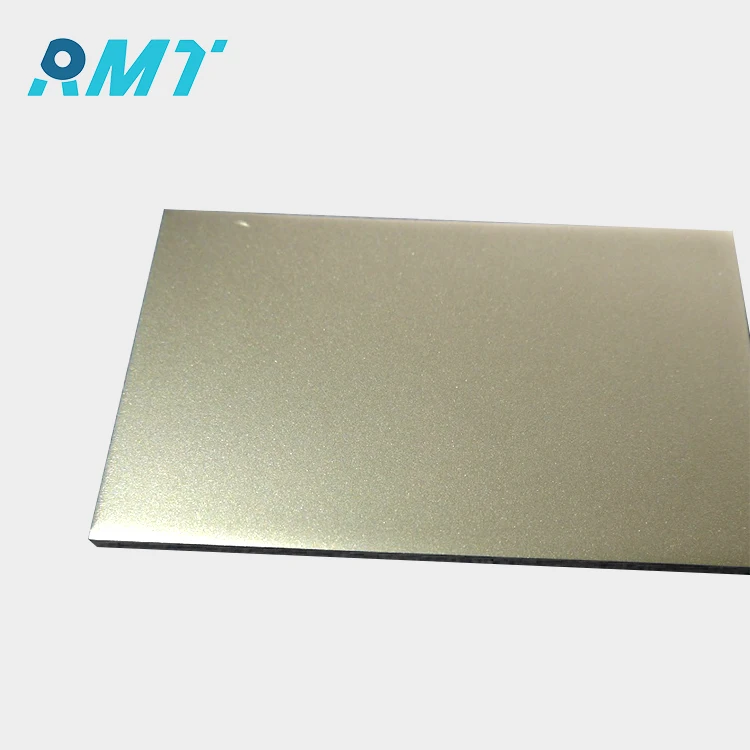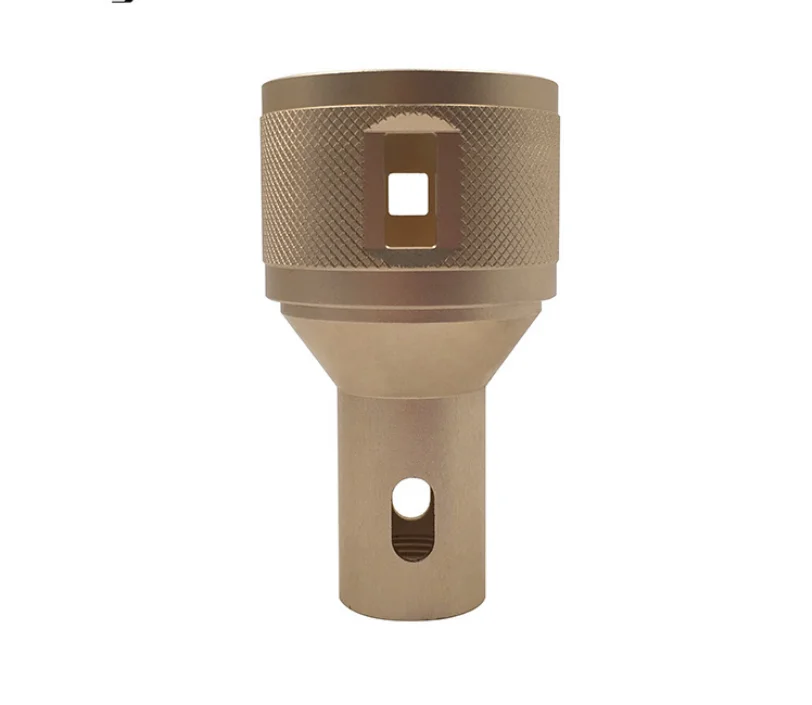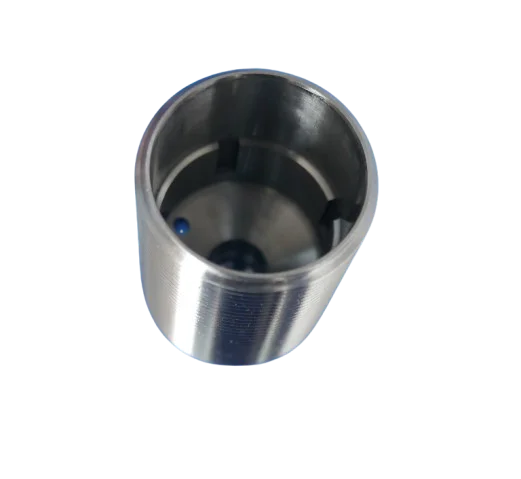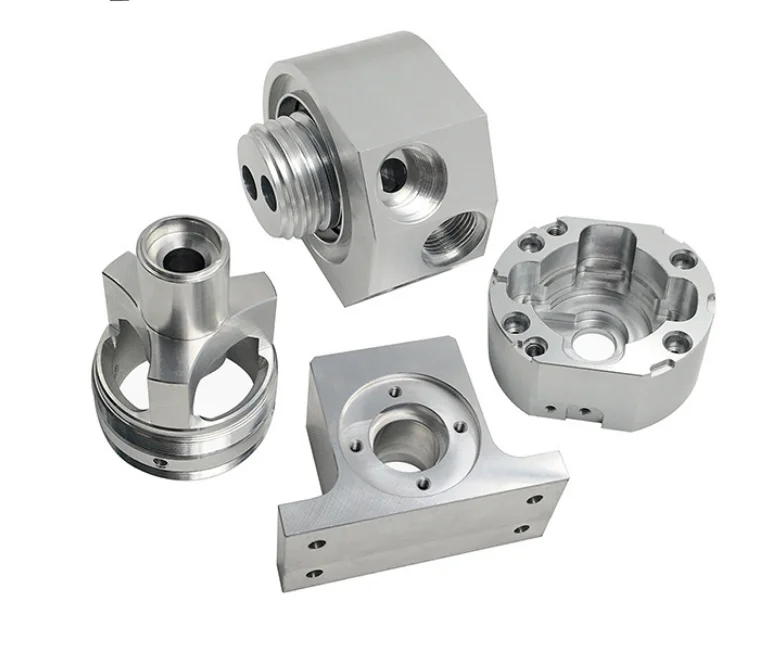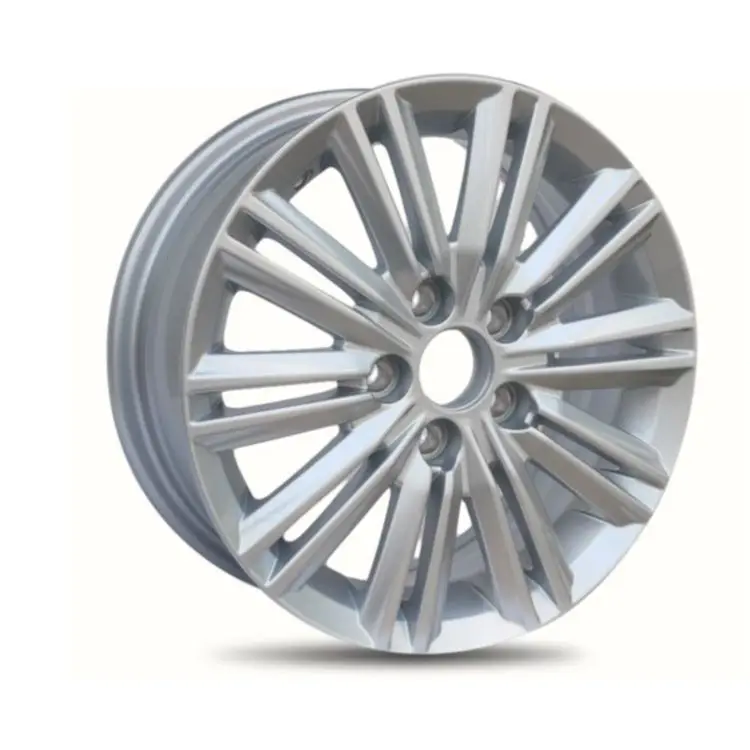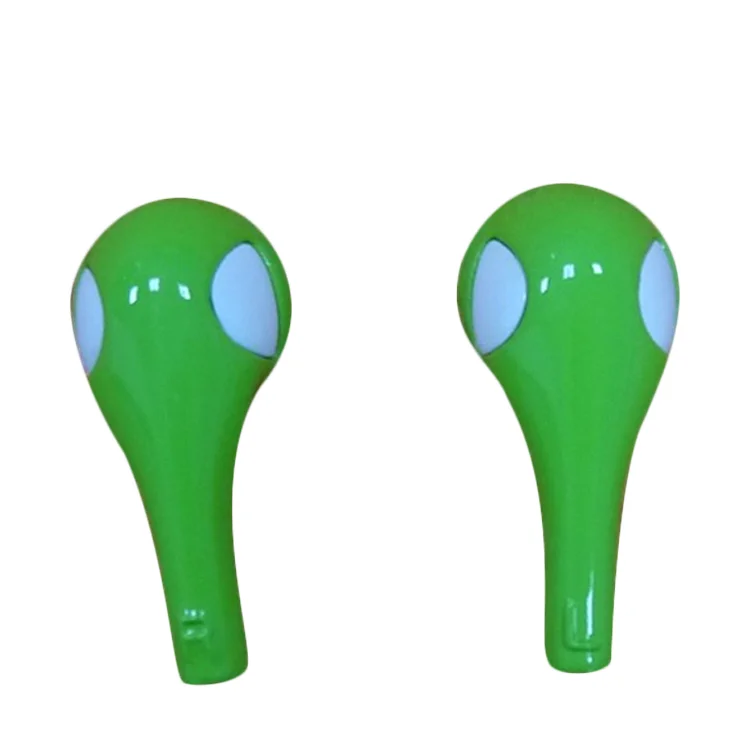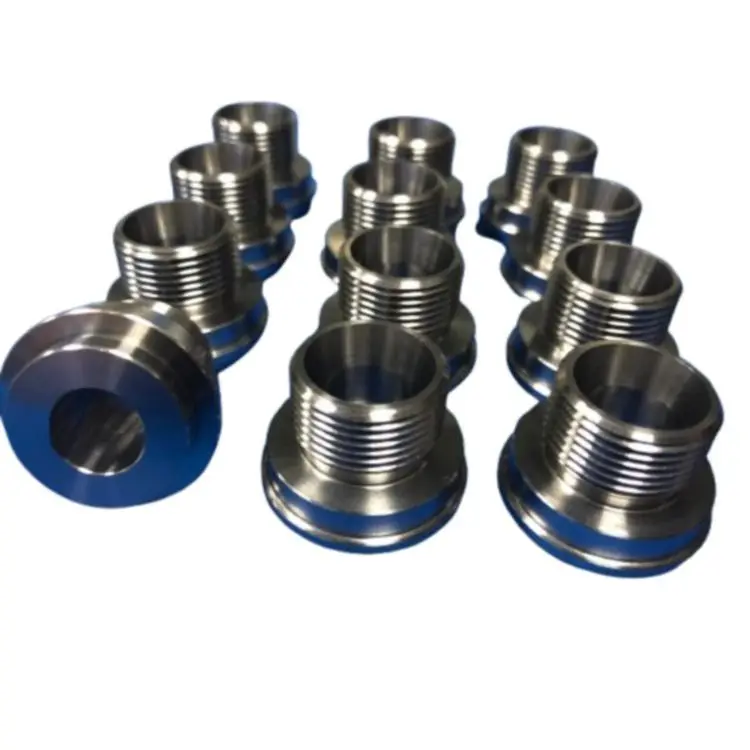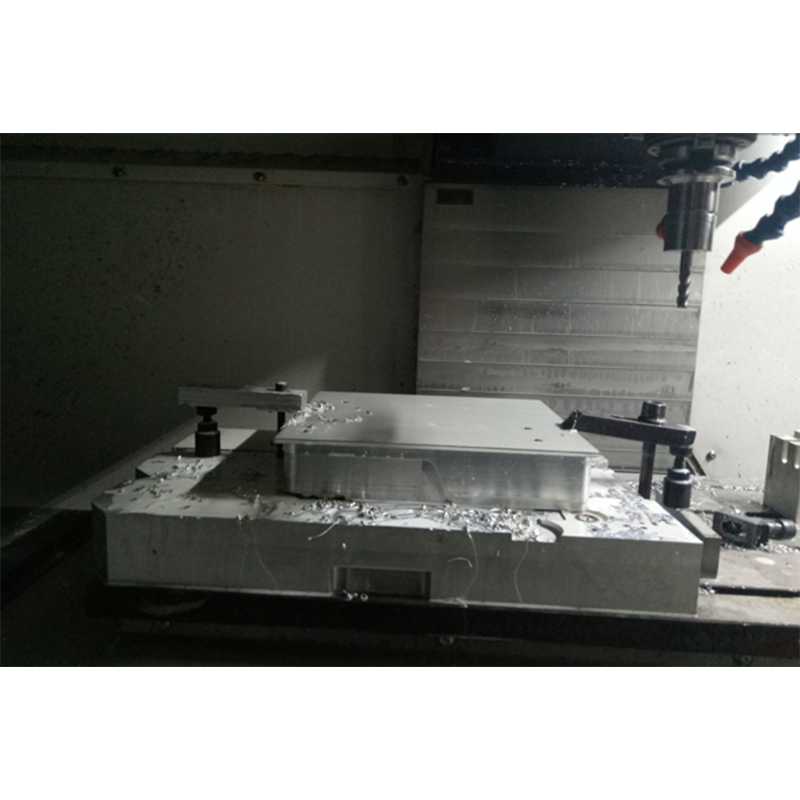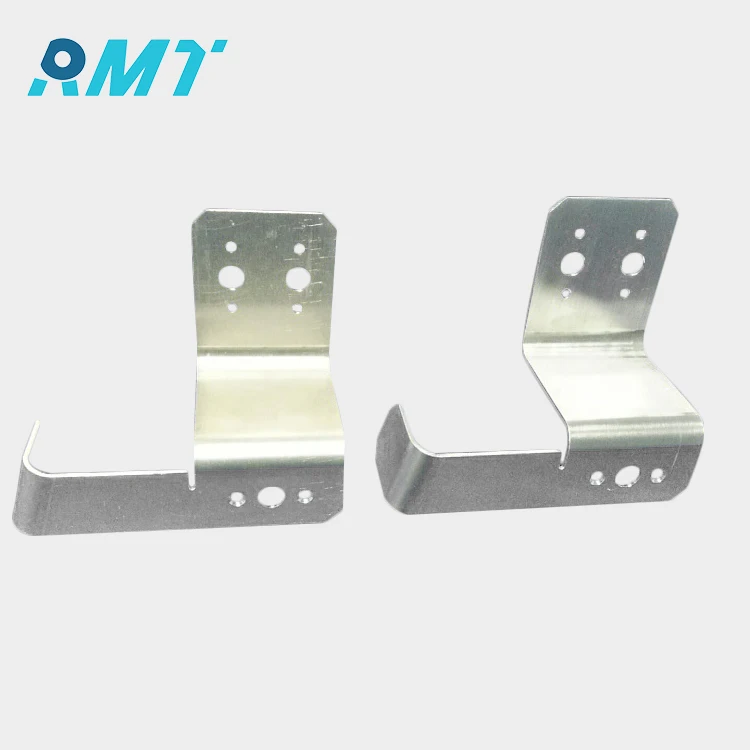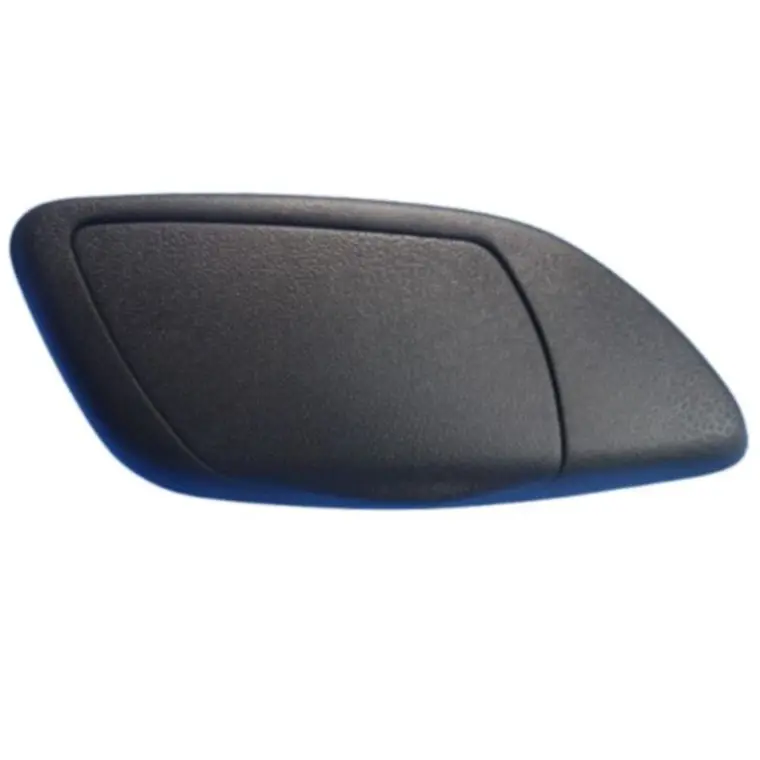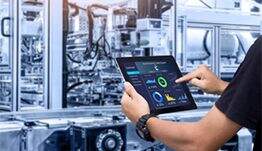Sheet Metal Fabrication in Renewable Energy Projects
Material Selection for Renewable Energy Sheet Metal Fabrication
304 Stainless Steel: Corrosion Resistance for Harsh Environments
304 stainless steel is a top choice for renewable energy applications due to its exceptional corrosion resistance. In environments exposed to moisture and chemicals, such as renewable energy installations, 304 stainless steel's robust properties stand out. Its durability is well-documented, with engineering studies highlighting a service life of over 40 years in specific applications, making it an excellent choice for long-term projects. Moreover, its use in solar panel frames and wind turbine components demonstrates its effectiveness and reliability in challenging and demanding environments where environmental factors are critical.
Aluminum Alloys: Lightweight Solutions for Solar/Wind Components
Aluminum alloys offer significant advantages in renewable energy applications due to their excellent strength-to-weight ratios. This characteristic is crucial for reducing transportation costs and improving efficiency in renewable energy systems. When used in solar and wind components, aluminum alloys simplify installation processes and enhance energy generation efficiency. Lightweight structures facilitate easier repositioning, which is particularly beneficial for optimizing the efficiency of energy capture in changing environmental conditions. Buildings utilizing aluminum structures show a notable reduction in overall weight by approximately 30%, which not only lowers costs but also improves structural integrity, supporting sustainability goals.
The strategic use of materials like 304 stainless steel and aluminum alloys is paramount for advancing precision sheet metal fabrication in renewable energy projects. Emphasizing lightweight and corrosion-resistant materials enhances the longevity and efficiency of energy systems, catering to the growing demand from industries focused on sustainable solutions.
---
The extrapolation of sheet metal fabrication techniques in renewable energy projects underscores the industry's potential to transform automotive parts manufacturing and precision CNC machining. Embracing such advanced material selection enhances the overall capabilities of precision sheet metal fabrication services, ensuring a seamless integration into the bolstering renewable energy sector.
Precision Fabrication Techniques in Energy Projects
CNC Machining for Complex Component Geometry
CNC machining delivers unrivaled precision, crucial for developing components that seamlessly integrate into renewable energy systems. This advanced technology achieves tight tolerances as minute as 0.01 mm, improving production quality while minimizing waste, thereby offering significant cost efficiencies for energy projects. The precision afforded by CNC machining is indispensable in applications such as fuel cell components and high-precision shafts for turbines, where precise fitting and reliability are paramount. Its capability in precision sheet metal fabrication underlines its importance in the growing renewable energy sector.
Laser Cutting for High-Tolerance Renewable Systems
Laser cutting stands out in crafting high-precision designs and intricate details necessary for renewable energy units. This technique not only enhances the aesthetic and functional aspects of the designs but also significantly reduces material waste. Studies have shown that laser cutting can result in up to 30% less scrap compared to traditional cutting methods. This precision sheet metal fabrication service proves essential in producing components for solar panels and wind turbine housings, where exacting standards are critical to efficiency and performance in diverse environmental conditions.
Role of Advanced Technology in Sustainable Fabrication
Automated Stamping for Mass Production Efficiency
Automated stamping processes are revolutionizing mass production efficiency in renewable energy projects. By minimizing the production time required to create essential components, this technology drastically reduces labor costs due to decreased need for manual intervention. Industrial reports indicate that such advancements can increase production rates to thousands of parts per hour. Companies utilizing automated stamping have seen a notable uptick in production efficiency, with some reporting enhancements of up to 40%. This leap not only aids in accelerating the completion of renewable energy projects but also contributes significantly to the environmental benefits by optimizing resource usage.
CAD Integration for Custom Energy Project Designs
The integration of Computer-Aided Design (CAD) software has profoundly impacted the development of custom energy solutions. CAD allows engineers to develop prototypes rapidly, fostering innovative solutions tailored to specific renewable energy applications. This technological integration enhances collaboration among engineering teams, facilitating quick adjustments and revisions in designs, thereby streamlining the entire process. Studies reveal that projects incorporating CAD systems can abbreviate development time by up to 30%, accelerating the delivery of energy projects. CAD's contributions to precision sheet metal fabrication underscore the industry's shift towards more agile and responsive production capabilities, aligning closely with the growing needs of sustainable energy projects.
Custom Sheet Metal Solutions for Renewable Applications
Stainless Steel Laser Device Components (Medical/Energy Cross-Application)
Stainless steel components fabricated via laser cutting methods are beneficial due to their strength and biocompatibility, making them ideal for applications in both the medical and energy sectors. These components, such as those used in scanning laser devices, leverage high-grade materials like 304 stainless steel, known for its superior corrosion resistance and durability. By drawing on advancements in fabrication technology, these dual-purpose designs establish new avenues for innovative energy solutions, leading to increased efficiency and sustainability. Such versatile applications emphasize the importance of precision sheet metal fabrication in modern technology.
Electrolyte Analyzer Chassis for Clean Energy Research
Custom-designed chassis for electrolyte analyzers play a pivotal role in advancing clean energy research. By combining engineering precision with scientific inquiry, these chassis are crafted from high-grade stainless steel, ensuring longevity and resistance against corrosion. The design incorporates lightweight materials that enhance mobility, making them adaptable in diverse research settings. Such structures are critical for analysis devices used in projects focused on renewable energy innovations, thus contributing to the global push for sustainable energy solutions.
CNC-Machined Aluminum Computer Casings for Control Systems
CNC machining provides tailored solutions for creating robust aluminum computer casings essential for renewable energy control systems. These casings are crafted from lightweight, durable aluminum alloy, which not only ensures environmental resilience but also contributes to operational reliability. The material's excellent heat dissipation properties enhance energy efficiency, supporting the long-term functionality of control systems crucial for managing energy applications. This approach aligns with modern trends in precision CNC machining, where efficiency and sustainability go hand in hand.
High-Precision Machine Parts for Wind Turbine Assemblies
High-precision parts are integral to the efficient operation of wind turbines, where even minor deviations can lead to significant performance issues. These components must meet stringent industry standards to ensure consistent and reliable energy output. Precision in manufacturing processes guarantees these requirements are met, using cutting-edge technologies that enhance durability and functionality. As wind energy continues to expand, the demand for such precise sheet metal fabrication solutions remains a cornerstone of renewable energy infrastructure development.
Stamped Steel Components for Renewable Infrastructure
Stamped steel components form the backbone of many renewable energy installations, providing the robust support structures necessary for these projects. These pieces are engineered through innovative design processes to ensure they can withstand harsh environmental conditions, offering durability and longevity essential for infrastructure resilience. Their role in supporting sustainable projects underscores the importance of durability and reliability, especially in rapidly expanding sectors like energy and power production. As the renewable energy market grows, stamped steel continues to play a pivotal role in supporting its infrastructure.
Sustainability-Driven Fabrication Practices
Waste Reduction Through Nesting Software
Waste reduction is a pivotal aim in sustainable fabrication, and nesting software plays a significant role in achieving this goal. By optimizing material usage, it arranges cutting patterns in such a way that minimizes waste, exemplifying a commitment to eco-friendly practices. For instance, studies indicate that advanced nesting techniques can reduce waste by about 20%. This not only aids in conserving materials but also adds economic value through cost savings. As companies strive for greener practices, integrating nesting software becomes a strategic step towards sustainable manufacturing and industry resilience.
Recyclable Material Integration Strategies
Integrating recyclable materials into production processes marks a proactive approach to fostering a circular economy. This strategy aligns manufacturing with the principles of sustainability by reducing waste and facilitating material reuse. By partnering with suppliers who emphasize recycling, companies can significantly lower their carbon footprint and support eco-friendly initiatives. This collaboration not only supports environmental goals but also enhances brand reputation and operational efficiency. Such strategies represent a commitment to sustainable fabrication practices, emphasizing the industry's role in addressing environmental challenges and promoting eco-conscious manufacturing.
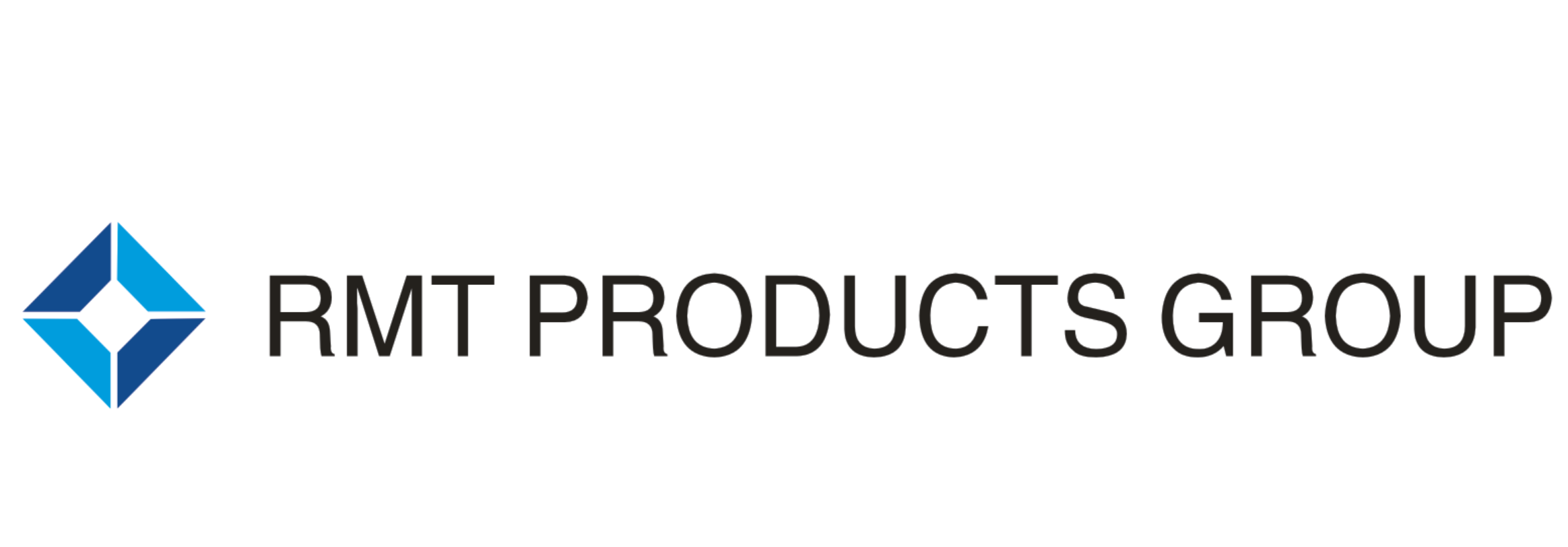
 EN
EN
 AR
AR
 BG
BG
 HR
HR
 CS
CS
 DA
DA
 NL
NL
 FI
FI
 FR
FR
 DE
DE
 EL
EL
 IT
IT
 JA
JA
 KO
KO
 NO
NO
 PL
PL
 PT
PT
 RO
RO
 RU
RU
 ES
ES
 SV
SV
 IW
IW
 LV
LV
 SR
SR
 SK
SK
 UK
UK
 GL
GL
 HU
HU
 TH
TH
 TR
TR
 FA
FA
 GA
GA
 CY
CY
 EU
EU
 BN
BN
 BS
BS
 LA
LA
 NE
NE
 SO
SO
 KK
KK
